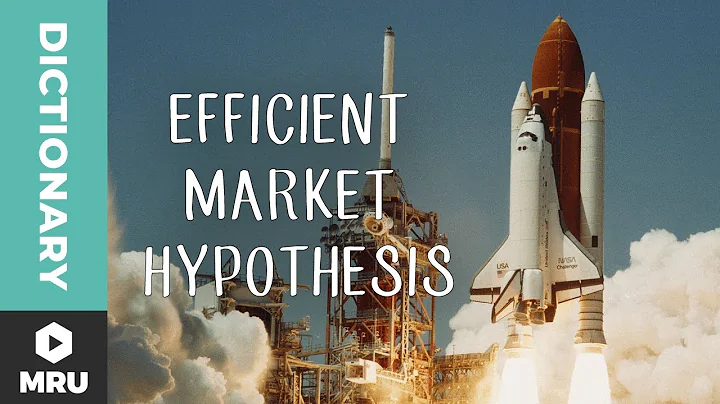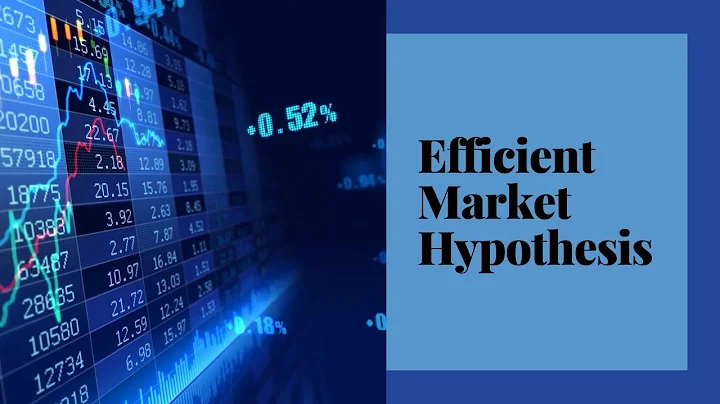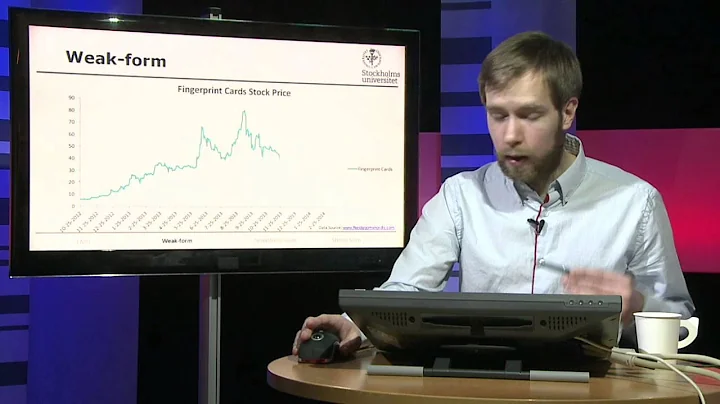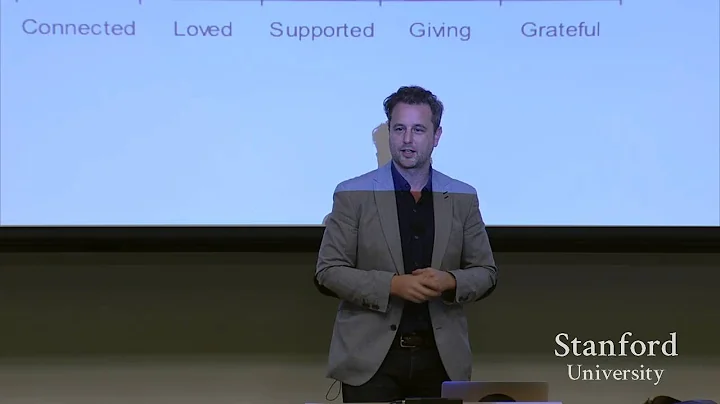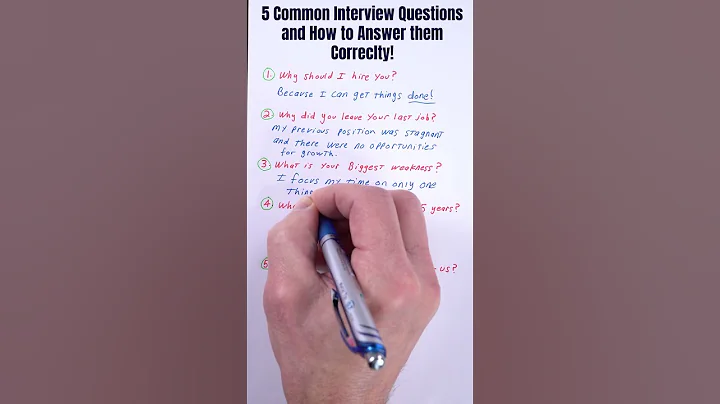
1: The Matthew Effect
refers to the phenomenon that the strong become stronger and the weak become weaker. It is widely used in the fields of social psychology, education, finance and science. The Matthew Effect is a term commonly used by sociologists and economists. It reflects the social phenomenon of polarization, where the rich get richer and the poor get poorer.
2: The free-rider effect
refers to the phenomenon in which the benefits obtained by individuals paying costs are shared for free by other members of the group. Since individuals pay all the costs and only enjoy a smaller share of the benefits, rational individuals in the collective have no incentive to provide public goods. And the larger the organization, the more public goods are in short supply.
3: Twenty-Eight Law
is also known as Pareto Law , Pareto Law , the law of least effort or the principle of imbalance. It was discovered by the Italian economist Pareto in the late 19th and early 20th centuries. He believes that in any group of things, the most important only accounts for a small part, about 20%, and the remaining 80%, although they are the majority, are secondary.
4: The long tail theory
means that as long as the storage and circulation channels of products are large enough, the market share occupied by products with low demand or poor sales can be comparable to or even greater than the market share occupied by a few hot-selling products. Large, that is, the convergence of many small markets can generate market energy that rivals the mainstream. The "long tail theory" is considered a complete rebellion against the "80-20 rule".
5: The tunnel effect
means that in the early stages of rapid economic development, the income gap will expand rapidly, but the entire society may have a quite tolerant attitude towards this, because most people expect that they will also benefit from economic development in the near future. beneficial.
6: The ratchet effect
is also called the wheel-locking effect. It means that once a person forms a certain consumption habit, it is irreversible and easy to adjust upward. Sima Guang " Xun Jian Shi Kang ": "It is easy to move from frugality to luxury, but it is difficult to move from luxury to frugality."
7: Crowding out effect
In order to balance the fiscal budget, the government adopts the method of issuing government bonds to raise funds from the private lending market, which leads to an increase in market interest rates and a corresponding decrease in private investment and expenditure. This is the crowding-out effect of fiscal deficits caused by public spending on private investment and spending.
8: Herd effect
The phenomenon in which an individual's ideas or behaviors change in the direction consistent with that of the majority due to the influence or pressure of a real or imagined group. The herding effect in economics refers to the existence of investors in the market who have not formed their own expectations or have not obtained first-hand information. They will change their behavior based on the behavior of other investors. "Herding effect" is a non-linear mechanism of collective irrational behavior caused by individual rational behavior.
9: Potato Effect
The "Potato Effect" is also known as the "Potato Paradox". A strange phenomenon occurred during the famine in Ireland in 1845 - although the price of potatoes was rising, the demand for potatoes actually increased. This is because when incomes fall, consumers will abandon high-end luxury goods and switch to mid- to low-end products, causing demand for the latter to rise, thereby pushing up prices. In 2008, there was a financial crisis in the United States, but Wal-Mart retail sales grew against the trend. This was the "potato effect" at work.
10: The Minsky moment
refers to the moment when asset prices collapse. Minsky believes that when the economy is booming, investors dare to take risks; the longer the boom lasts, the more investors take risks, and the leverage ratio of investment clouds becomes higher and higher until excessive risk-taking. Over time, investors will reach a point where the cash generated by their assets is no longer sufficient to cover the debt they have incurred, and losses on speculative assets will prompt lenders to call in their loans.Once a considerable part of the investors in the economy face debt defaults, the macroeconomic manifestation of the chain reaction is an economic crisis, with asset prices falling sharply until they collapse, and the Minsky moment appears.
11: Lemon market
Lemon market refers to a market with asymmetric information, that is, in the market, the seller of the product has more information about the quality of the product than the buyer. Often good products are eliminated, and inferior products will gradually occupy the market, thus replacing good products, resulting in the market being filled with inferior products. Just like in the used car market, poor quality cars sell better than good quality cars.
12: Veblen Effect
Simply put, the higher the price of a product, the more it will be loved by consumers. This is a very normal economic phenomenon. It actually reflects people's psychological desire to engage in conspicuous consumption. That is to say, when people shop, they often make impulsive choices due to psychological factors such as vanity and comparison. For example, they are too persistent in pursuing high-priced products and use price as an important indicator in purchasing decisions.
13: Marginal effect
The more emotional investment we have when we yearn for something, the stronger the emotional experience will be when we first come into contact with it. However, the emotional experience will be weaker the second time we come into contact with it, and the third time it will be even weaker. …With this development, the more times we are exposed to this thing, the more indifferent our emotional experience will be, and it will become boring step by step. This effect is equally valid in economics and sociology. In economics it is called the "diminishing rate of marginal benefit" and in sociology it is called the "deprivation and satisfaction proposition". It was proposed by Homans, using the standard In academic language, this means: the more times someone receives the same reward repeatedly in the near future, the less valuable the additional part of the reward will be to him.
14: The lipstick effect
The "lipstick effect" refers to an interesting economic phenomenon that leads to lipstick sales due to the economic depression. It is also called the "low-price product preference trend." In the United States, whenever the economy is in recession, lipstick sales will rise sharply. This is because in the United States, people think lipstick is a relatively cheap luxury product. In an economic downturn, people will still have a strong desire to consume, so they will turn to cheaper luxury goods. As a "cheap and unnecessary item", lipstick can play a "comforting" role to consumers, especially when the soft and moist lipstick touches the lips. Furthermore, the economic recession will reduce the spending power of some people, so that there will be some "little spare money" in their hands, which can be used to buy some "cheap non-essential things".
15: The Giffen effect
refers to an exception to the demand theory for . That is, consumer demand for a certain commodity does not increase as the price of the commodity decreases, nor does it decrease as the price of the commodity increases. Giffen was based on the demand activities of Irish farmers whose staple food was potatoes and found that when the price of potatoes fell, the demand for potatoes decreased and changed to the demand for bread. The conclusions expressed by the Guffin Effect have been further extended to other economic fields and commodities, such as securities and fashionable fashion. In the West, the lower the price of a certain security becomes, the less likely it is to buy it.
16: Path dependence
means that technological evolution or institutional changes in human society have inertia similar to that in physics, that is, once entering a certain path (whether it is "good" or "bad"), it may have consequences for this path. rely. Once people make a certain choice, it is like embarking on a road of no return. The power of inertia will continuously strengthen the choice and prevent you from getting out easily.
17: Comparative advantage
refers to the behavior of one producer producing an item at a lower opportunity cost than another producer. A country has a comparative advantage in producing a product if its opportunity cost (measured in terms of other products) of producing a product in its own country is lower than the opportunity cost of producing that product in other countries.It can also be said that when a producer produces a product at a lower opportunity cost than another producer, we say that this producer has a comparative advantage in this product and service.
18: Wave Theory
All things, including society and economy, will repeatedly evolve forward in a series of similar and constant waves with clear wave numbers and patterns.
19: Opportunity cost
The benefits obtained from using a specific resource for a certain purpose are at the cost of giving up using the resource for other profitable purposes. The maximum expected benefit at this cost is the opportunity cost. In many cases it is not entirely measured in monetary terms.
20: The Lorenz curve
refers to a curve composed of points corresponding to the income percentage of each population percentage based on the population percentage "from the poorest population to the richest population" within a population (country, region). This curve is used to compare and analyze the wealth inequality of a country in different eras or of different countries in the same era. The curve is widely used as a convenient graphical method to summarize information on income and wealth distribution. Through the Lorenz curve, we can intuitively see the equality or inequality of income distribution in a country.


